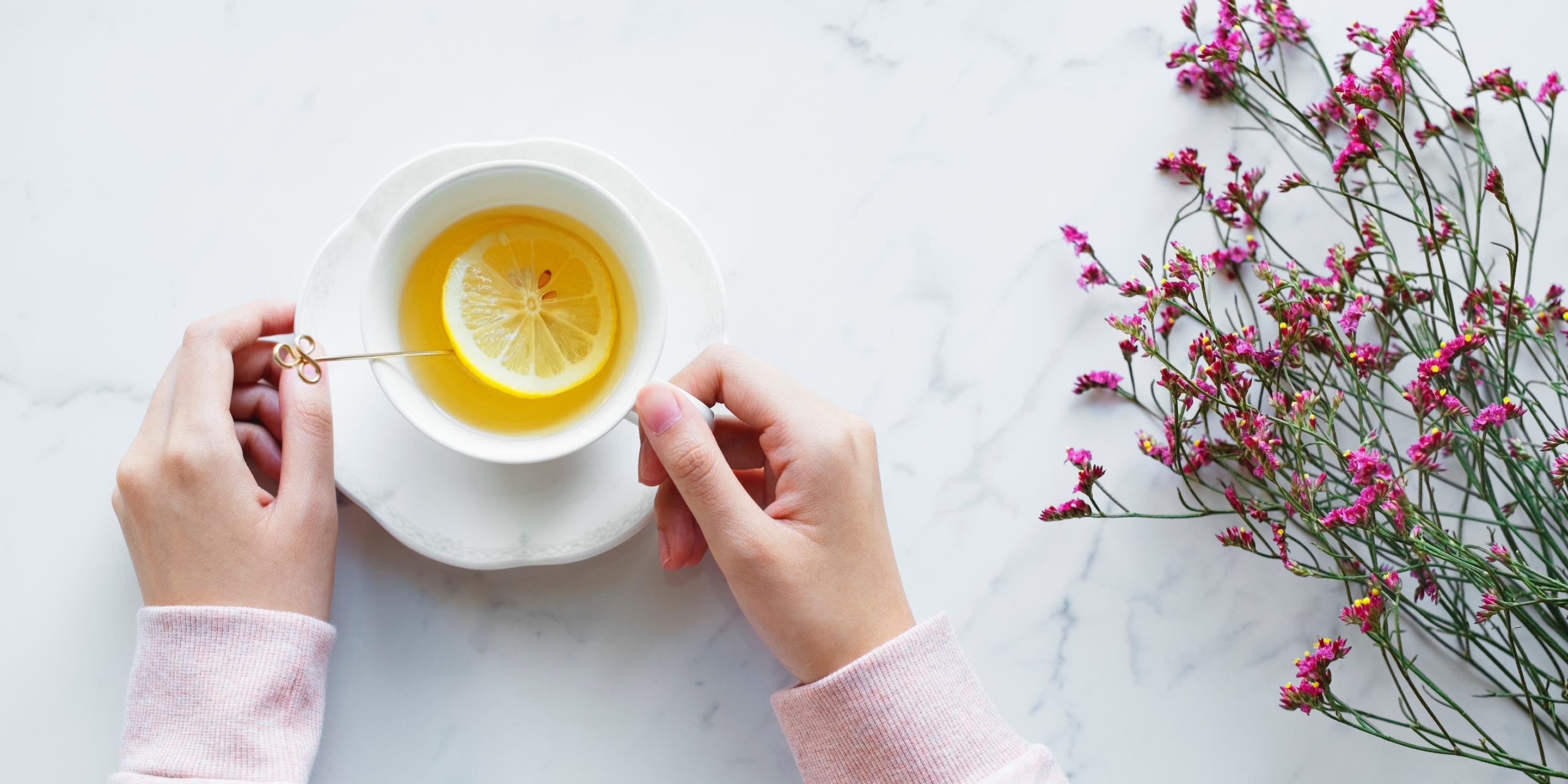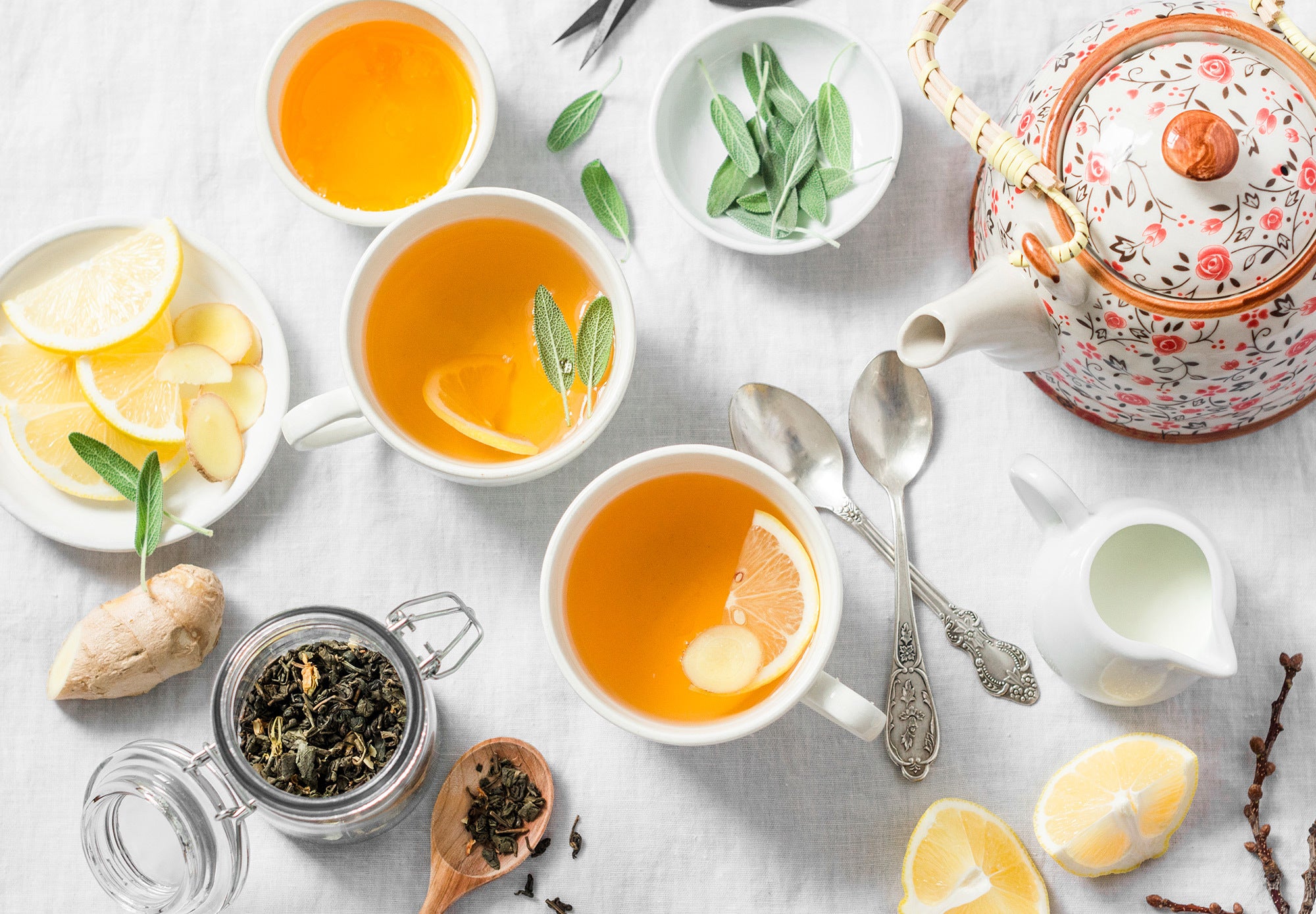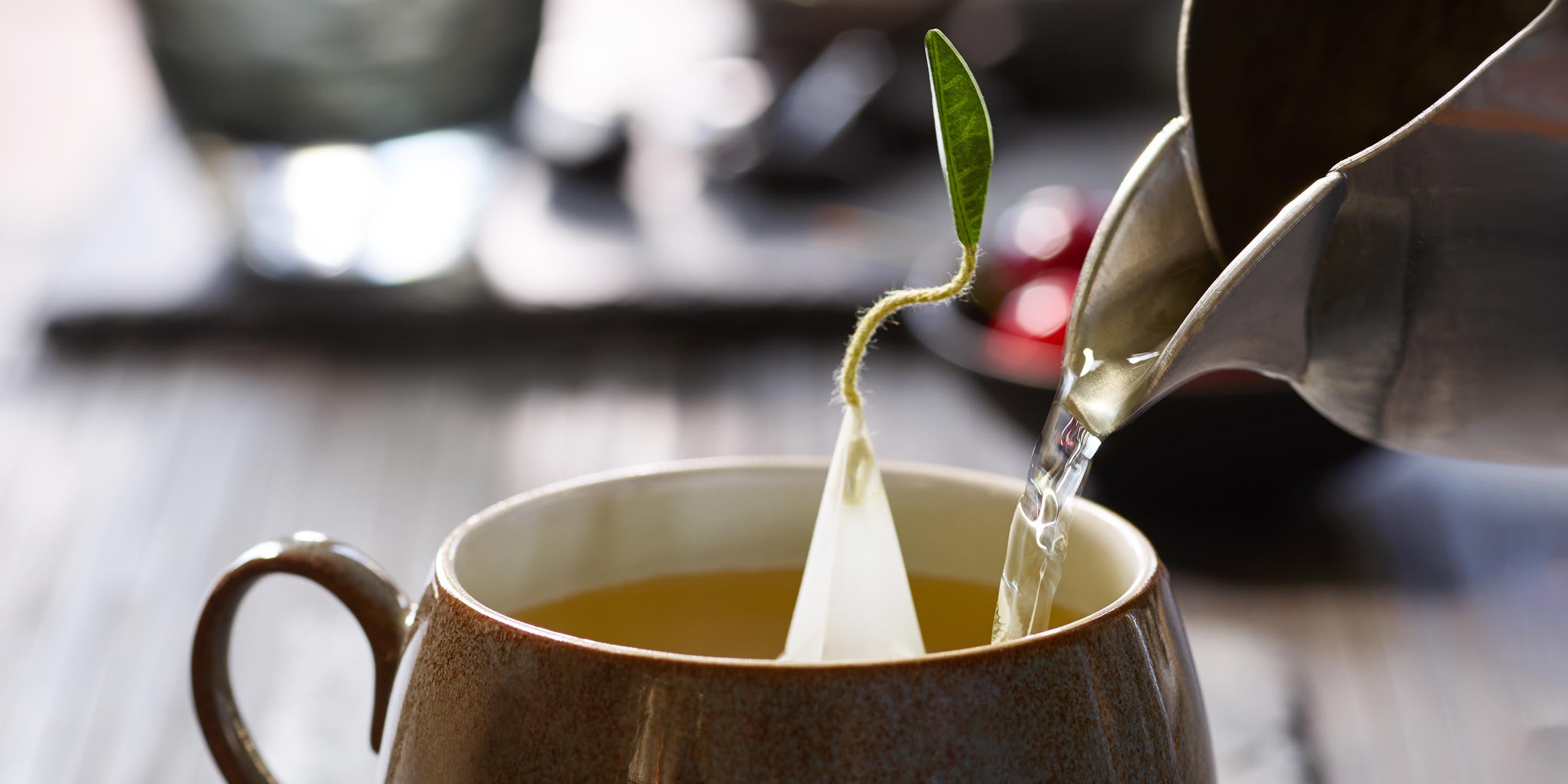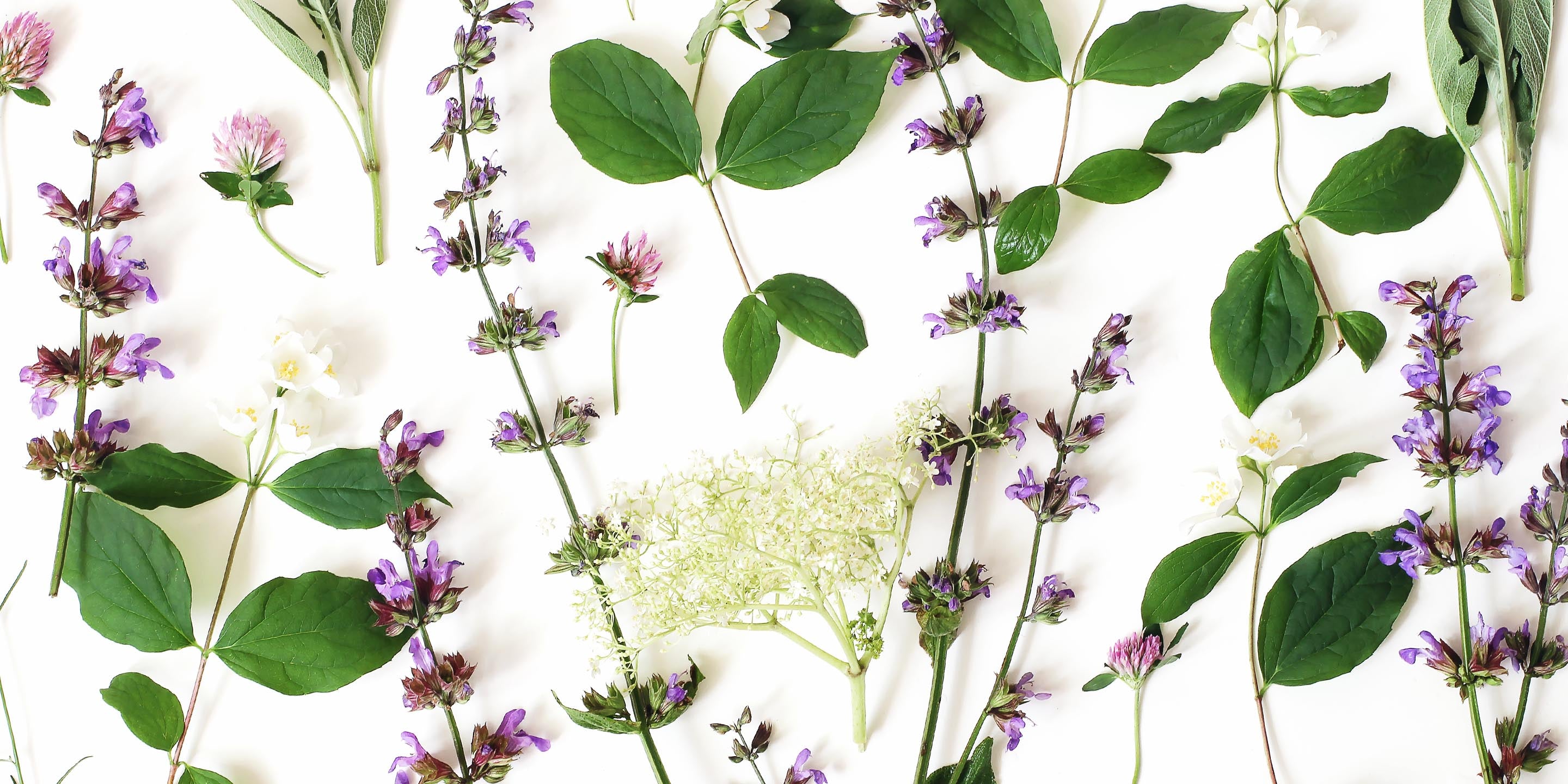Herbal ingredients in tea brings with it a wealth of perks as well as flavor. Read on to learn all about the health benefits of a wide variety of herbal ingredients from Beetroot to Rosehips.
BEETROOT
Known for its ability to impart its deep ruby hue to any tea or dish that includes it, beetroot is an earthy ingredient with an array of potential health benefits. Recent research indicates probable anti-inflammatory and antioxidant abilities as well as a capacity to support muscle stamina.
Contained in:
BLACKBERRY LEAVES
Many folk remedies have relied on blackberry leaf to soothe sore throat and toothache, treat stomach distress and anemia, and even ease labor pains. Clinical studies show a high level of antioxidants and antimicrobial properties, both useful in warding off infections.
Contained in:
CARDAMOM
Called the “queen of spices” for its pleasing flavor, cardamom has long been used in India as a breath freshener and an aid against digestive issues. Studies suggest it may also prevent cavities.
Contained in:
CHAMOMILE
Chamomile’s medicinal value is vast and well-documented, from its anti-inflammatory properties to its wound healing properties. Both a mild analgesic and a very gentle sedative, it’s thought to calm both the mind and the body, making it a perfect bedtime blend.
Contained in:
CINNAMON
Cinnamon may play a role in blood glucose and insulin management, providing a potentially valuable tool in treating Type 2 diabetes. More research is forthcoming, and integrative medicine has largely embraced this spice as a key ingredient in a healthy diabetic diet.
Contained in:
CLOVES
Long used as a folk remedy to treat toothaches, clove oil contains extraordinary antioxidants known to boost the immune system, and it may also be used to reduce fever thanks to its antipyretic properties.
Contained in:
ENCHINACEA
The echinacea we enjoy in tea comes from a North American flowering plant whose immune-supportive properties may help the body defend itself against germs. It might also stimulate white blood cell production, which helps fight infections.
Contained in:
ELDERBERRY
Preliminary research suggests that fully ripe and cooked elderberry may have the ability to reduce the severity of flu and upper respiratory infections. Found in several species of the Sambucus tree, it's a popular cold season staple across many cultures.
Contained in:
FENNEL
Research shows that main fennel bulb is a plant-based source of potassium, sodium, phosphorus, and calcium, while the seeds may have antioxidant, anti-inflammatory, anti-fungal, and antiviral effects. Additional research suggests fennel seeds, leaves, and flowers can be used to make tea, which may aid digestion and other gastrointestinal issues such as heartburn, bloating, loss of appetite, and colic in infants.
Contained in:
GINGER
Ginger is often suggested as a remedy for morning sickness experienced during pregnancy, with one caveat: it can act as an anticoagulant, which is problematic for women at risk of bleeding. In general, ginger is a popular ingredient for settling the stomach, and may be used as a mild blood thinner, similar to aspirin.
Contained in:
HIBISCUS
Promising new studies show a potential role for hibiscus in the treatment of hypertension. It’s already known for its heart-healthy effects on triglycerides, oxidative stress, and inflammation, and more good news continues to emerge about this deep pink flower’s benefits.
Contained in:
LAVENDER
Broadly popular in the realm of aromatherapy for its use in candles, sleep oils, and other scented products, lavender is proven to promote relaxation and foster deep, restorative sleep, which acts as the foundation for overall cardiovascular and mental health.
Contained in:
LICORICE ROOT
Used in throat-soothing teas enjoyed by professional singers, licorice root is a powerful ingredient in any herbal infusion. Researchers are currently studying how it might assist in the reduction of stomach ulcers.
Contained in:
LEMONBALM
Aside from its lovely citrus scent and flavor, lemon balm also offers some pleasant health benefits: namely, the ability to promote calmness, reduce stress, and boost one's overall mood.
Contained in:
LEMONGRASS
Lemongrass is a beloved ingredient in teas and soups for its bright, comforting flavor, but it may pack a punch in the health department, too: studies suggest it has antifungal capabilities and may reduce some forms of anxiety via its scent molecules.
Contained in:
PEPPERMINT
Peppermint oil has been proven to contain great antioxidant and antimicrobial capabilities, making it a healthful ingredient in teas and tisanes. Many folk remedies rely on peppermint to treat nausea, indigestion, and even the common cold.
Contained in:
ROOIBOS
Rooibos is rich in antioxidants and possesses a range of heart-healthy perks, including the ability to improve a person’s lipid profile. Anti-inflammatory and able to reduce blood pressure and oxidative stress, this caffeine-free herb is also referred to as “redbush” in a nod to its botanical source.
Contained in:
ROSEHIP
Traditionally used in home remedies to treat colds and upset stomach, rosehip is used today in many beauty products for its ability to improve skin tone and texture. Its polyphenols also make it a powerful natural tool in the treatment of osteoporosis.
Contained in:
You may also enjoy

Health Benefits
The 7 Health Benefits of Tea

Health Benefits
The Health Benefits of Green Tea


